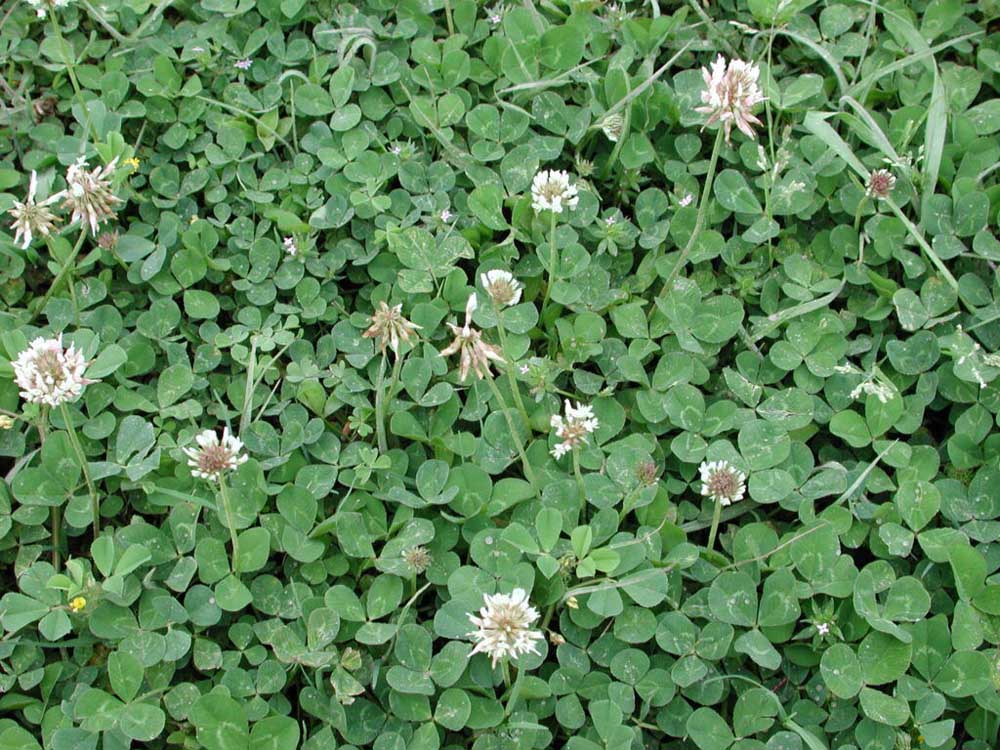Browning: A lawn full of clovers
Published 5:10 am Saturday, June 22, 2024

- A lawn composed of clover instead of turfgrass has been picking up in popularity over the past few years. (Contributed Photo)
Everyone could use a bit of luck, so instead of waiting for it to show up, why not bring it to your garden or lawn?
A lawn composed of clover instead of turfgrass has been picking up in popularity over the past few years. Turfgrasses require herbicides for weed control, nitrogen for fertilizer, and a lot of water for irrigation. In addition, traditional turfgrasses don’t benefit our pollinators like clover does. Turfgrasses, like Bermuda, St. Augustine, Centipede, or Zoysia, require some use of herbicides to control the undesirable plants, or weeds as some call them.
Trending
In Texas, these grasses need pre-emergent twice a year and additional spot coverage for weed control. Herbicides, used to control weeds, add further chemicals into our earth and water supply, incidentally killing plants that would otherwise grow in places where they have a purpose and are welcome (Milkweed for Monarch butterflies, for example).
Clover is considered a “weed” by major chemical brands and targeted by herbicides. However, clover lawns often have less weeds, therefore removing the need for weed control in a clover lawn. To get the “green lawn” that everyone seeks, traditional lawns call for additional chemicals to fertilize the grass.
Traditional grasses lack nitrogen, therefore fertilizer is put down to achieve that esteemed green that many seek. Though it does benefit the grass, nitrogen is still a chemical that can runoff into sewer and other water supply.
Nitrogen is an element required for all life, however, excess amounts in bodies of water will stimulate excess algae growth and block sunlight resulting in the suffrage of organisms and other plant life in these rivers, streams, and lakes. Clover takes nitrogen from the air and puts it back into the ground as an absorbable fertilizer, hence removing the need for nitrogen based chemical fertilizers. This allows clover to thrive in low fertility soils and in difficulty to grow areas.
Water is another topic in the ecological world, and that is something that turf grasses use a lot of. Clover is drought-tolerant, needs less water than grass to stay green, and will flourish in shade or sun.
While speaking on sustainability, we cannot forget pollinators. Traditional grasses do not provide any benefit to pollinators. In steps clover! Clover will produce nectar and pollen for pollinators to use as food, allowing them to thrive. The flowers on clover emerge in early spring, offering a food source to pollinators before other plants begin to bloom.
Trending
By now, a clover lawn sounds pretty appealing. Unfortunately there is a downside. If you did not realize it by now, it gets hot in East Texas. Clover is heat tolerant, but not 100 degrees Fahrenheit heat resistant. This is why clover is not readily utilized in city parks and residential landscaping. However, if you find you have a “clover lawn” in the spring or fall instead of grass, let it be! That clover will be hard at work improving your soil, feeding the bees, and bringing you a bit of luck.






